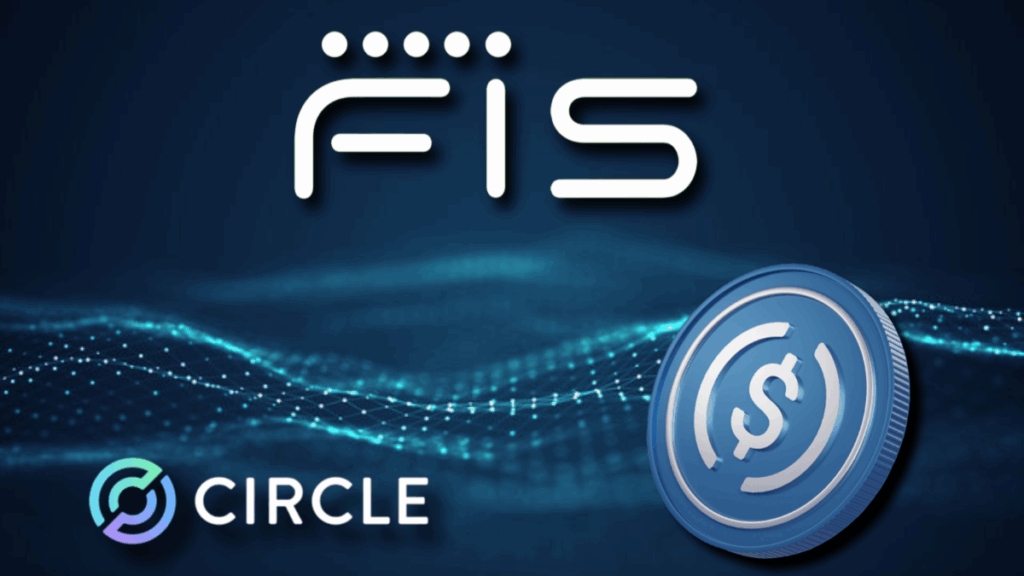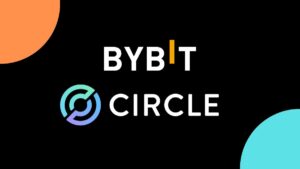TL;DR
- Circle’s USDC stablecoin will now be available for thousands of US banks through Fidelity National Information Services (FIS).
- This partnership expands USDC’s role in domestic and cross-border payments.
- The integration with FIS’s money movement hub reflects growing demand for stable, blockchain-based payment solutions among traditional financial institutions seeking to modernize services.
Circle’s collaboration with Fidelity National Information Services Inc. marks a new chapter for stablecoins in mainstream finance. By embedding USDC into FIS’s vast money movement network, the companies aim to offer banks a trusted digital dollar option for payments across borders and within the US. Backed by cash and short-term US Treasuries, USDC’s transparency and regulatory alignment position it well for broader adoption.
FIS, which handles over $10 trillion in transactions annually, sees stablecoins as a practical tool rather than an experimental asset. Himal Makwana, FIS’s global head of corporate strategy, emphasized that digital dollar tokens like USDC are now robust enough to address real client needs in speed, cost efficiency, and reliability. With the integration expected to go live before year’s end, banks will gain streamlined access to USDC’s payment rails through a single connection point.
Stablecoin Payments Gain Ground In Traditional Banking
Circle’s chief business officer, Kash Razzaghi, highlighted that partnering with a major banking technology provider brings credibility and scale. Many US banks already trust FIS’s infrastructure for connecting with multiple payment networks. Adding USDC to that toolkit offers an alternative to legacy payment systems that can be slow or costly, especially for cross-border transfers.
This step comes as stablecoin regulations move closer to clarity in the US, encouraging institutions to test digital assets with stronger safeguards. Competitors are also exploring similar paths. FIS rival, Fiserv, announced its own stablecoin, FIUSD, and is collaborating with Circle as well, signaling a wider trend of established payment firms embracing blockchain technology to stay competitive.
USDC Positioned To Expand Amid Growing Demand
The broader impact could reach retail customers and businesses alike, giving them faster settlements and lower fees when moving money internationally. For Circle, tapping into FIS’s thousands of bank clients expands its reach dramatically without building direct connections one by one.

With trust in digital dollars rising and new rules under discussion in Congress, this integration shows how stablecoins can blend with existing banking systems instead of trying to replace them outright. As payments become more digital and borderless, USDC’s next growth phase looks ready to build on partnerships like this to cement its role in everyday finance.










